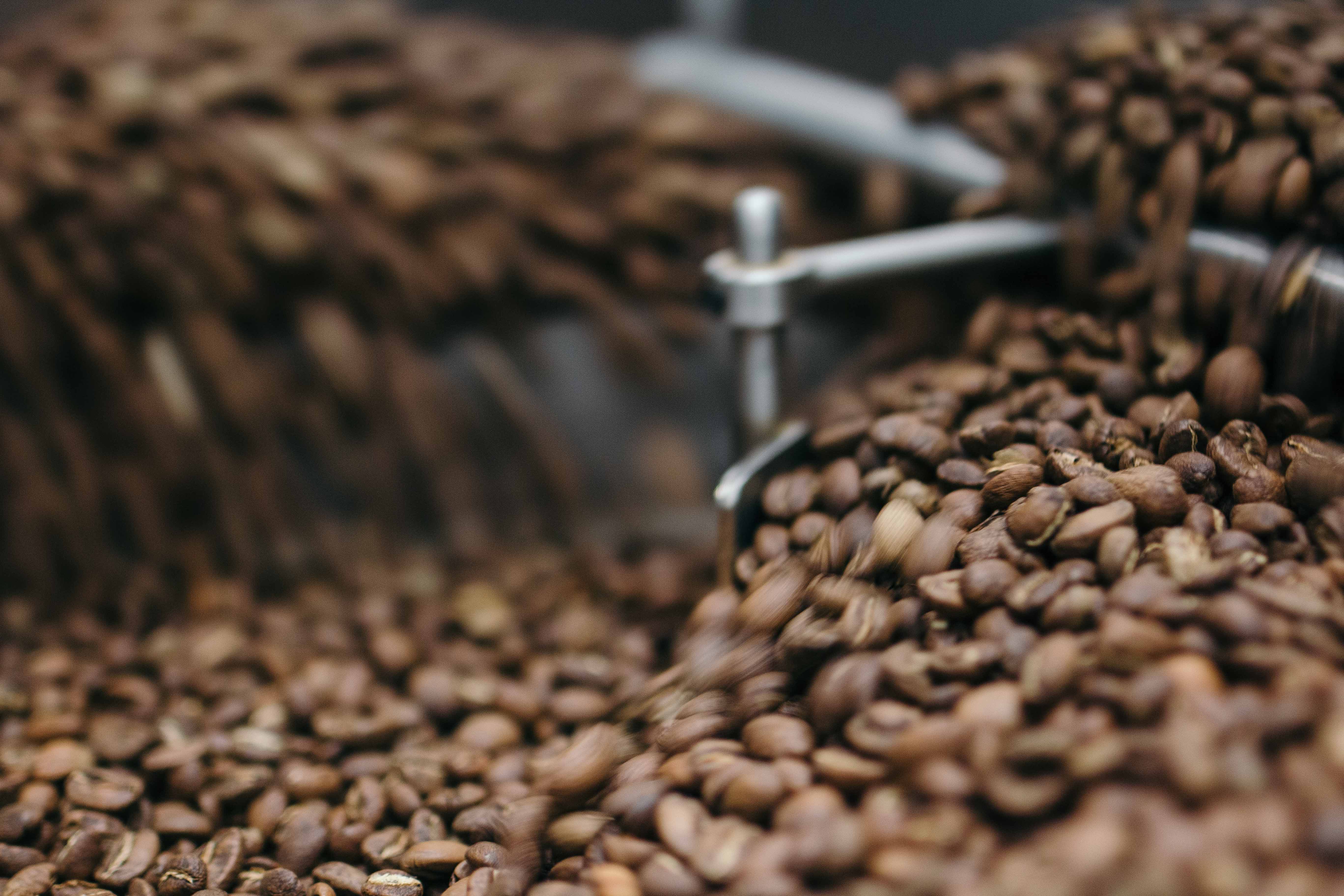
October 25, 2019 · Written by Kevin Pasman

How do I keep my coffee freshest?
Think about an apple.
Once an apple is cut open the flesh starts to slowly turn brown in a process called oxidation. Once oxygen is allowed in it reacts with the apple, turning the flesh brown and making it taste unpleasant. Roasted coffee is also a victim of oxidation. The roasting process breaks down the cell structure of the coffee bean and allows oxygen inside. This oxidation is what causes your coffee to begin to taste stale and unpleasant. Since we don’t want that, let's look at how to slow the oxidation down and keep coffee fresh.
Luckily coffee has a natural defence against oxidation: carbon dioxide. One of the many chemical reactions that happens inside a coffee bean as it roasts is the creation of CO2. After roasting, a coffee bean’s cells are filled with CO2 which prevents oxygen from getting inside the bean. However, since roasting also broke open many of those cells, the CO2 will slowly release into the air and allow oxygen into the bean to deteriorate it. The darker a coffee is roasted, the more those coffee bean cells have been broken which will allow the CO2 to escape faster.

You can help slow the release of CO2 by keeping the coffee in a sealed container which will prevent oxygen from getting in.
This is why you sometimes see bags of coffee on a shelf that are puffed up with air. That coffee was packaged right after roasting and the CO2 released from the beans has puffed the bag up.
Side fact: the little circular air valve you see on sealed coffee bags is there to release some CO2 if the pressure builds up too much and prevents the bag from popping!)
Once you have opened a sealed container of coffee you can still help keep the coffee fresh by leaving the coffee in that container. CO2 is heavier than oxygen, so when you open a container some of the CO2 is released but most of it stays in the bottom of the container. Because it is lighter, oxygen has a hard time forcing its way through the CO2 to get down into the coffee beans.
Scoop the coffee you need and then reseal the container, and very little oxygen will have gotten into your coffee. On the other hand, if you dump all the coffee out or switch the coffee to a different container all that insulating CO2 is gone and oxygen can get in. Preventing oxidation and keeping coffee fresh is also the main reason coffee shops and coffee lovers like to buy whole bean coffee and only grind it right before brewing.
If roasting the coffee causes some breakdown in the cell walls of the bean for CO2 to escape, imagine what grinding the coffee does to those cells. Shattered into thousands of tiny pieces, the coffee bean releases all of its CO2 and exposes all the ground bits to oxygen. Roughly, ground coffee oxidizes as much in a day as whole bean coffee does in a week!

With that in mind, how do you keep your coffee freshest?
Keep your coffee in the original, resealable container that you bought it and only open it to take the coffee you need out. Keep your coffee dry, moisture causes CO2 release as well. If you have a coffee grinder, buy your coffee as whole beans. If you don’t have a coffee grinder try to buy your coffee as fresh as possible. People who drink dark roasted coffee should also pay attention to the date the coffee was roasted as darker coffee releases CO2 faster.
The next post will continue using the science of the coffee bean after roasting to look at how old (or fresh) you should be buying and drinking coffee.
Let's talk honey process.
How do different processing methods affect flavour, how many processing methods are there and why should you care?
Why women of the world?
October is women's history month in Canada, so now is a good time to talk about a project we care deeply about here at Mill Town Coffee Roasters.


